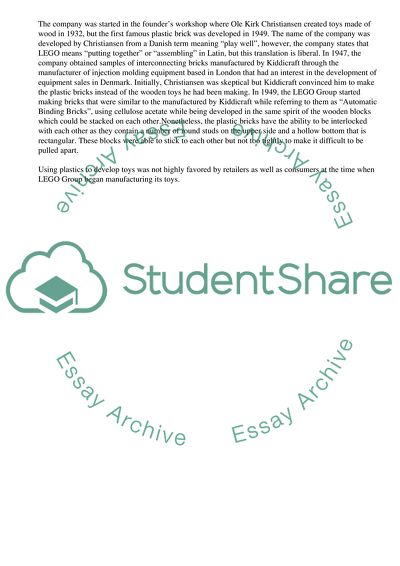Cite this document
(“Strategic plan for LEGO Group Company Essay Example | Topics and Well Written Essays - 2250 words”, n.d.)
Strategic plan for LEGO Group Company Essay Example | Topics and Well Written Essays - 2250 words. Retrieved from https://studentshare.org/management/1699673-strategic-plan
Strategic plan for LEGO Group Company Essay Example | Topics and Well Written Essays - 2250 words. Retrieved from https://studentshare.org/management/1699673-strategic-plan
(Strategic Plan for LEGO Group Company Essay Example | Topics and Well Written Essays - 2250 Words)
Strategic Plan for LEGO Group Company Essay Example | Topics and Well Written Essays - 2250 Words. https://studentshare.org/management/1699673-strategic-plan.
Strategic Plan for LEGO Group Company Essay Example | Topics and Well Written Essays - 2250 Words. https://studentshare.org/management/1699673-strategic-plan.
“Strategic Plan for LEGO Group Company Essay Example | Topics and Well Written Essays - 2250 Words”, n.d. https://studentshare.org/management/1699673-strategic-plan.


